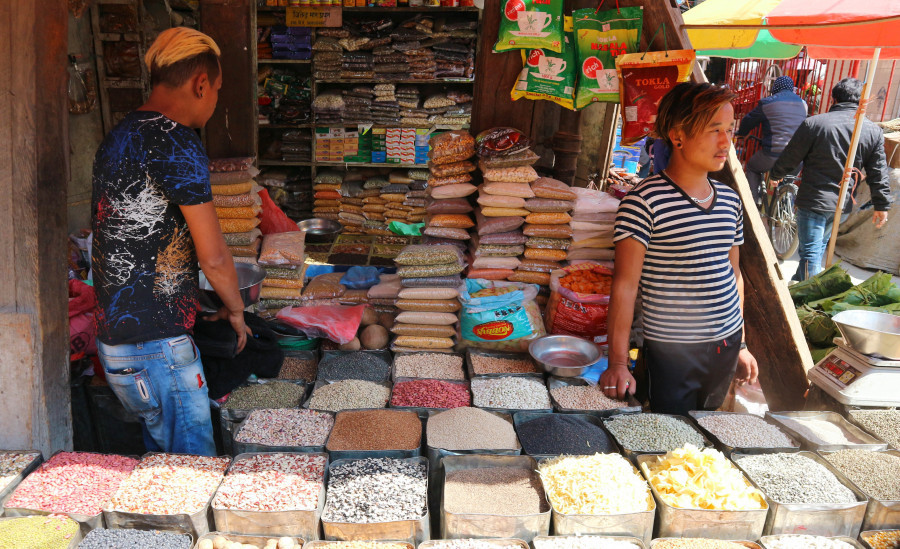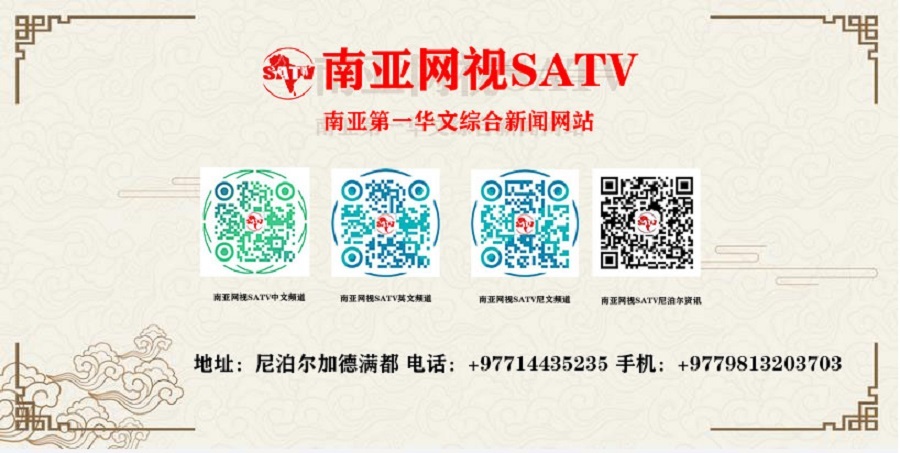
Nepal’s inflation reached a 70-month high in June and there are signs that it will breach the double-digit mark by the end of the fiscal year ending mid-July.
According to the Nepal Rastra Bank’s macroeconomics report published on Monday, the year-on-year inflation reached 8.56 percent in the first 11 months of the current fiscal year ended mid-June. It was 4.19 percent in the same period last fiscal year.
The food and beverage inflation stood at 7.43 percent while non-food and service inflation stood at 9.44 percent during the review period.
Under the food and beverage category, the prices of ghee and oil increased by 22.60 percent, milk products and eggs prices 11.22 percent and pulses and legumes 9.13 percent.
Under the non-food and services category, the prices of transportation increased by 25.79 percent, education 11.64 percent, and furnishing and household equipment by 8.30 percent.
“The runaway inflation means more people will be dragged below the poverty line,” said Keshav Acharya, an economist.
With increasing inflation, people have started cutting down on consumption as their income does not match the increasing market prices, according to Acharya.
“The lower and middle income people will be hit the hardest ,” he said.
According to Acharya, lower-income people will be impacted the most as they spend 70 percent of their income on food items.
The price of transportation, education and health has increased so much that it is becoming difficult to bear the necessities of the people.
Observing the inflation trend, it will reach double-digit on average by the end of mid-July, economists say.
The current inflation is pushed by the global supply chain disruption after the relaxation of Covid-19 restrictions followed by the Russia-Ukraine war that sent petroleum prices spiralling up, Acharya said.
The freight cost, which was $2,000 per container, has reached $25,000 within 4-5 months, according to traders. The overall cost of production from agriculture to factory has increased with rising fuel prices, he said.
The price of petrol has reached Rs181 per litre following an increase by 40.31 percent within a year.
And diesel and kerosene prices have reached Rs172 per litre each, rising by 53.57 percent as compared to the prices a year earlier.
But government efforts seem to be doing little to curb the rising prices, while market surveillance is zero.
In a bid to offer some respite to the public, the government on June 25 announced that it was reducing the prices of petrol and diesel “by slashing taxes.”
Commerce and Supplies Minister Dilendra Badu also said that the government would strictly monitor the market.
Even weeks after the decision to reduce fuel prices, the government has offered no clarity on how it did so, just as Nepal Oil’s dues to its supplier are piling up. Despite the cuts, prices have been soaring in the international market. With the increase in prices of diesel, the market prices have suddenly gone up, but the Sher Bahadur Deuba-led government has failed to act.
Had the Food Management and Trading Company, the state-owned supply utility, been able to intervene in the market especially in a time like this, it would have provided great relief to consumers, but the company does not have enough stock of essential food items, Acharya said.
“The government has failed to effectively tame inflation,” Acharya said.













